NCERT Solutions for Class 12 Maths Chapter 1 - Relations and Functions
NCERT Solutions for Class 12 Maths Chapter 1 Free PDF Download
Please Click on Free PDF Download link to Download the NCERT Solutions for Class 12 maths Chapter 1 Relations and Functions
The dot mark ◉ field are mandatory, So please fill them in carefully
To download the complete Syllabus (PDF File), Please fill & submit the form below.
To download the complete Syllabus (PDF File), Please fill & submit the form below.
https://drive.google.com/file/d/13uktwaTZr9aVUSXBX-8Rlza_Kk5hq1Ve/view?usp=sharing
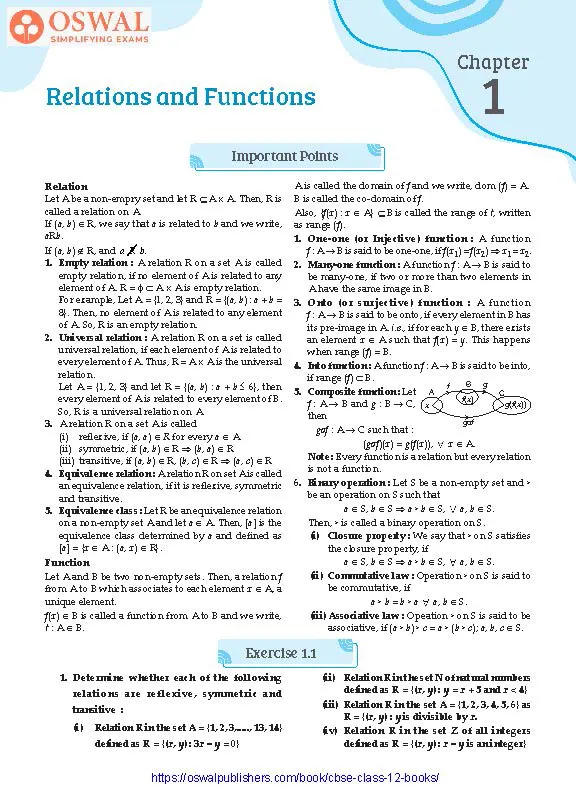
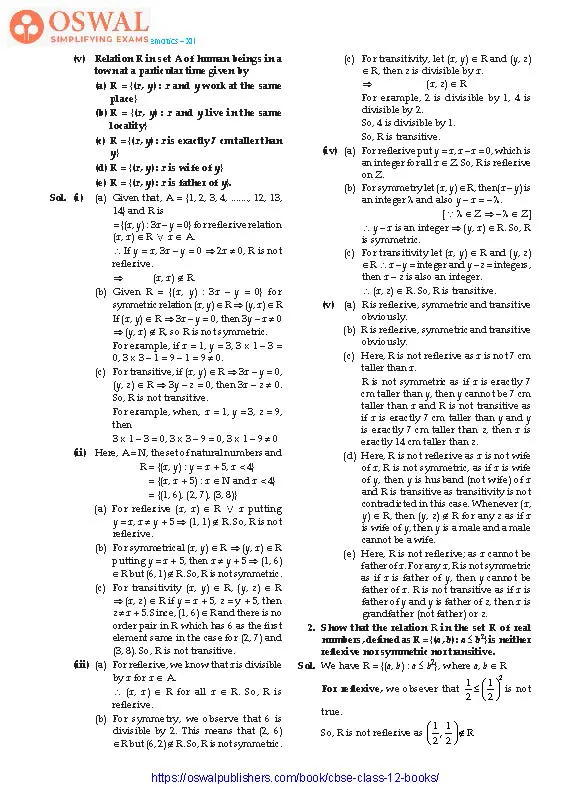
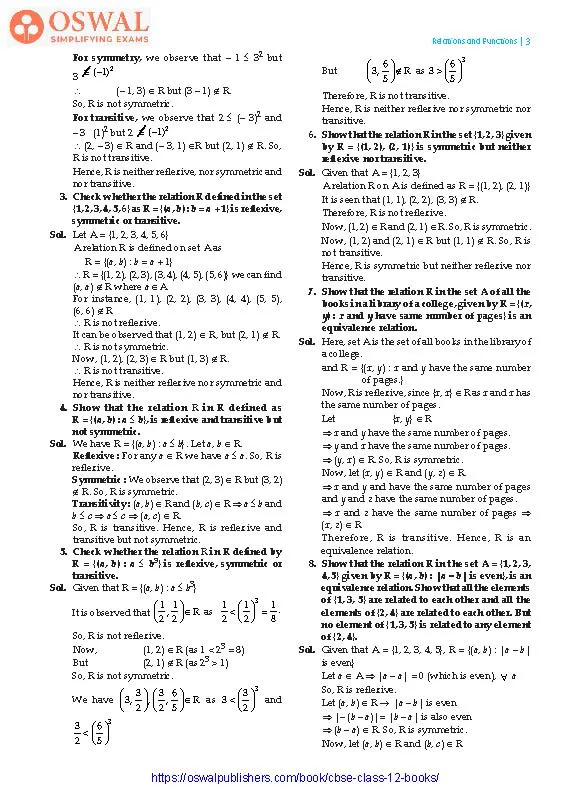
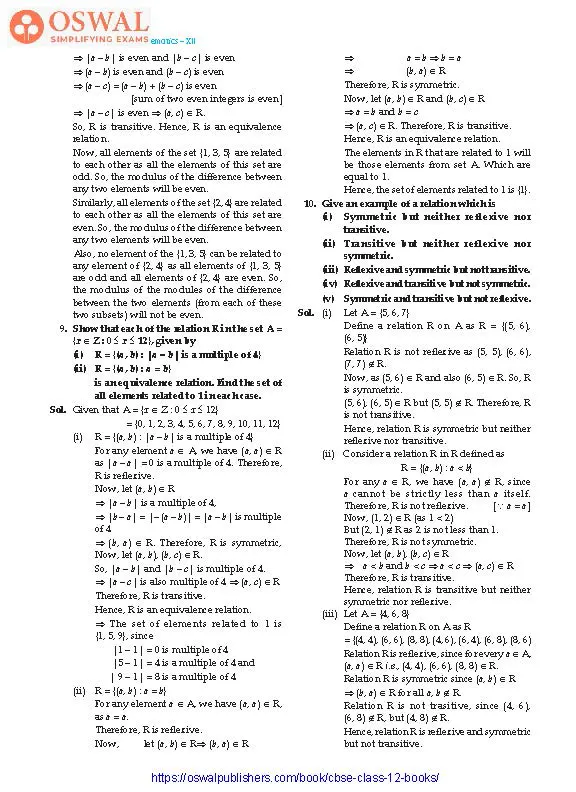
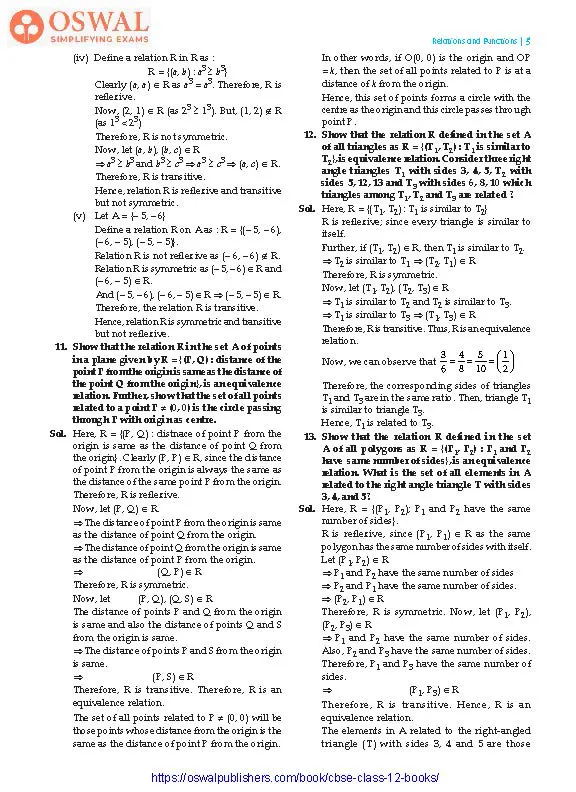
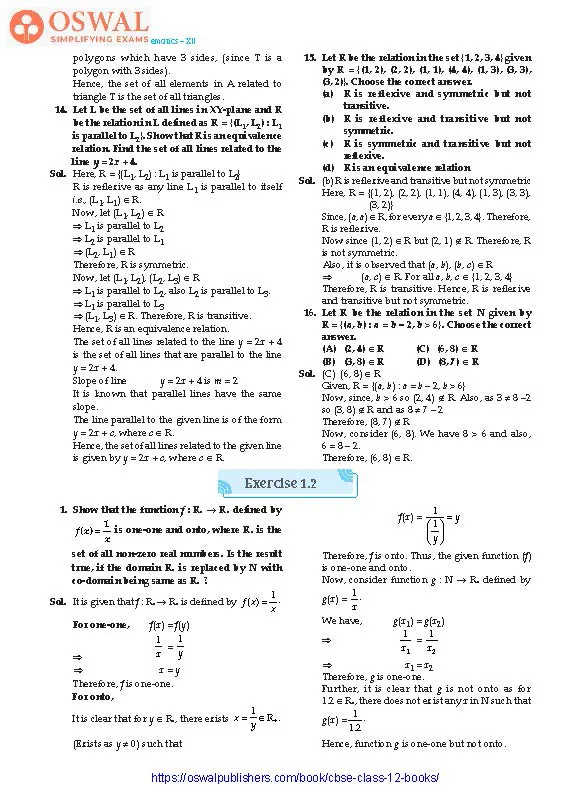
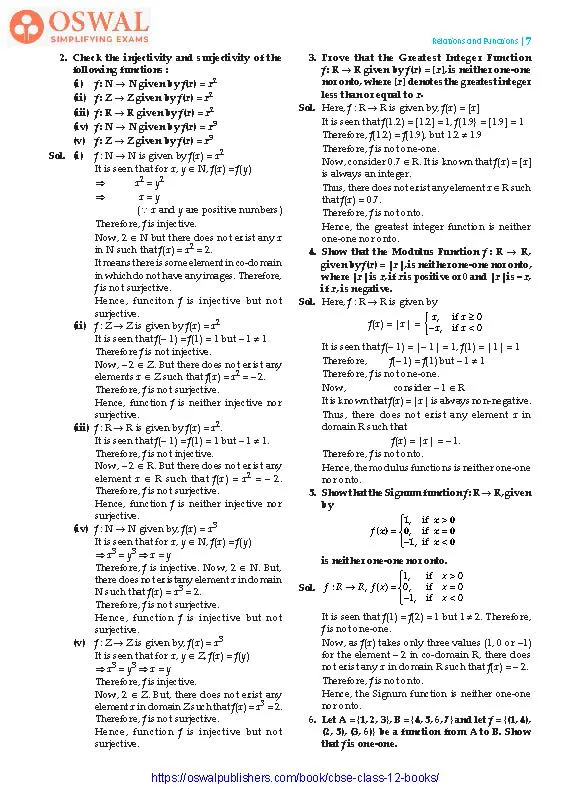
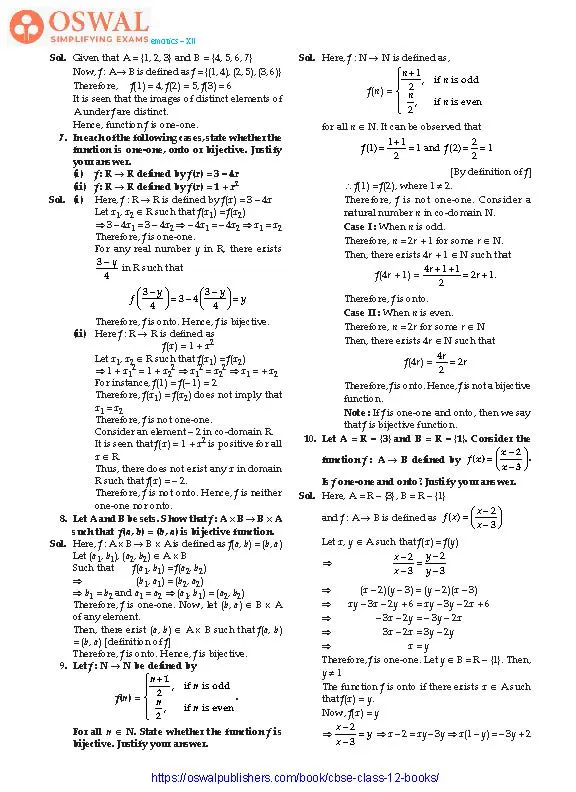
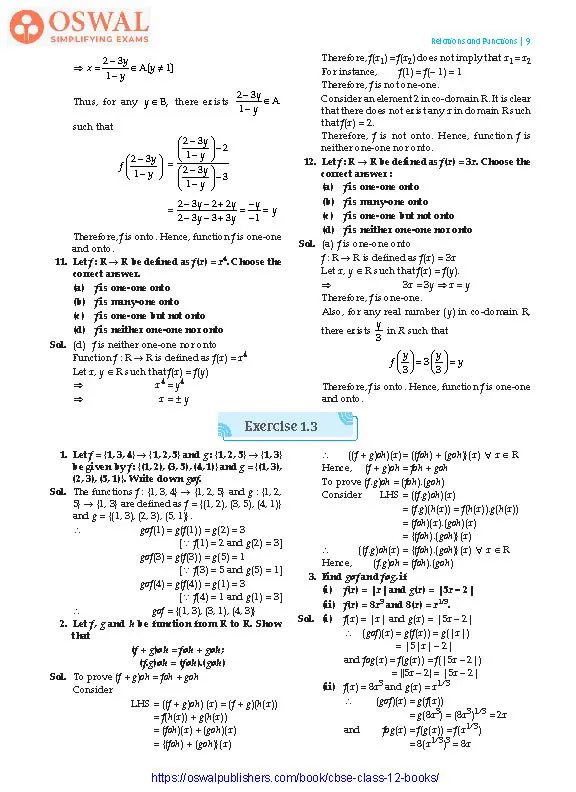
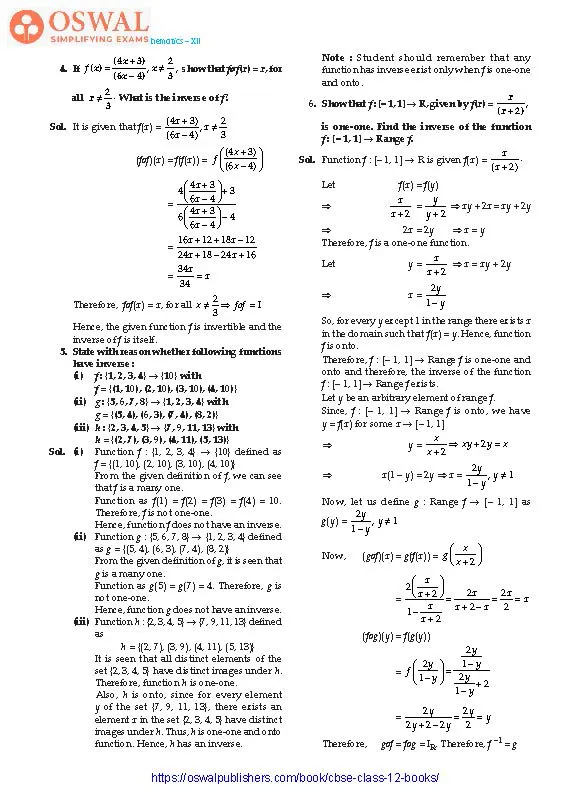
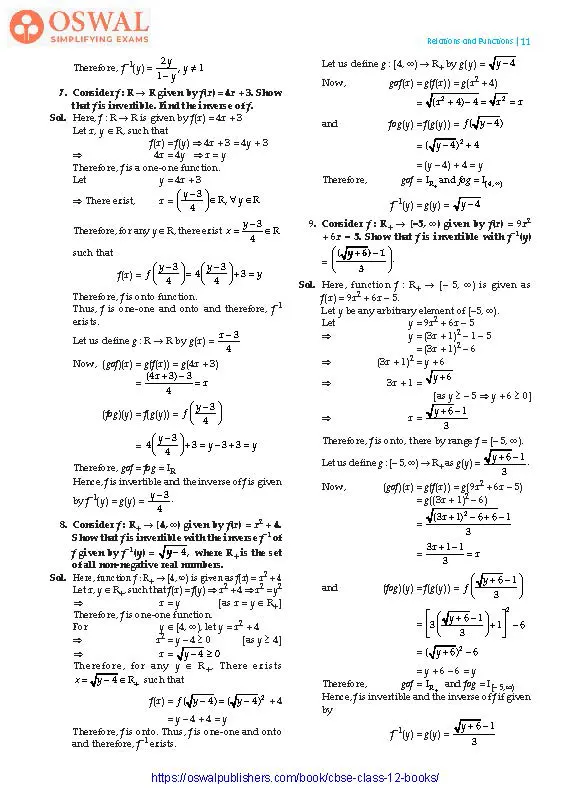

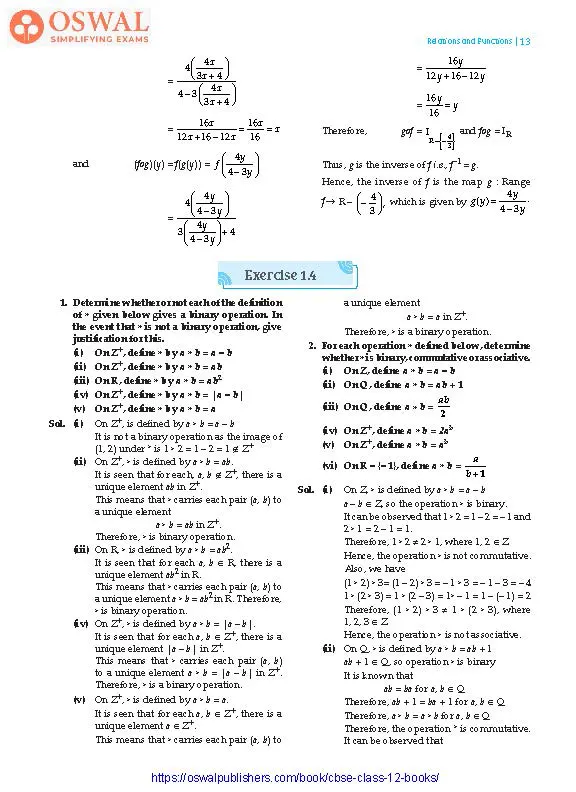
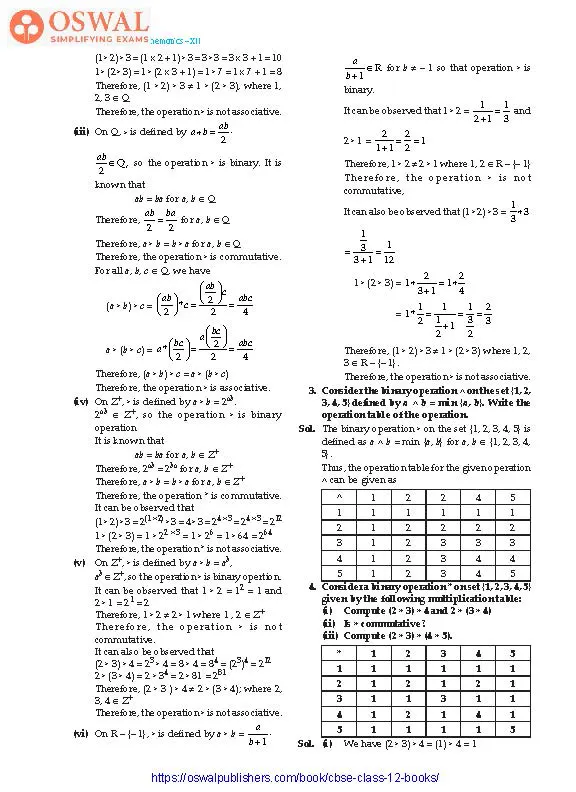
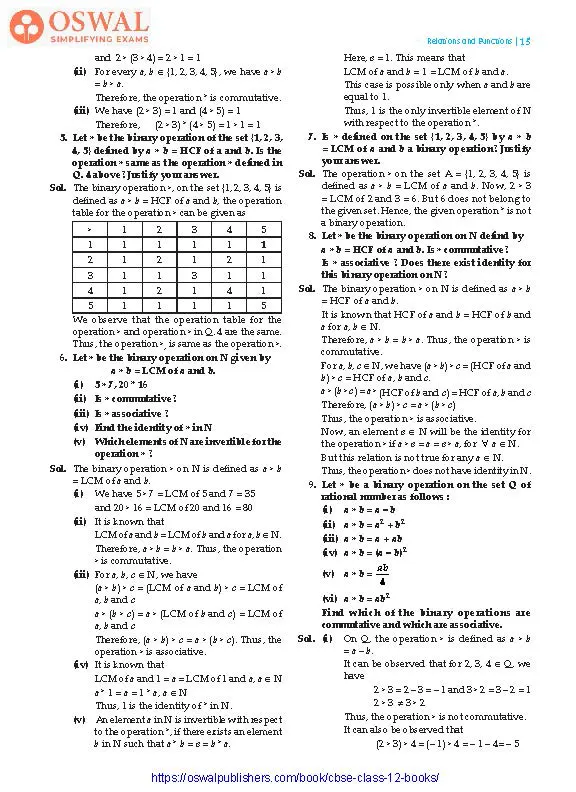
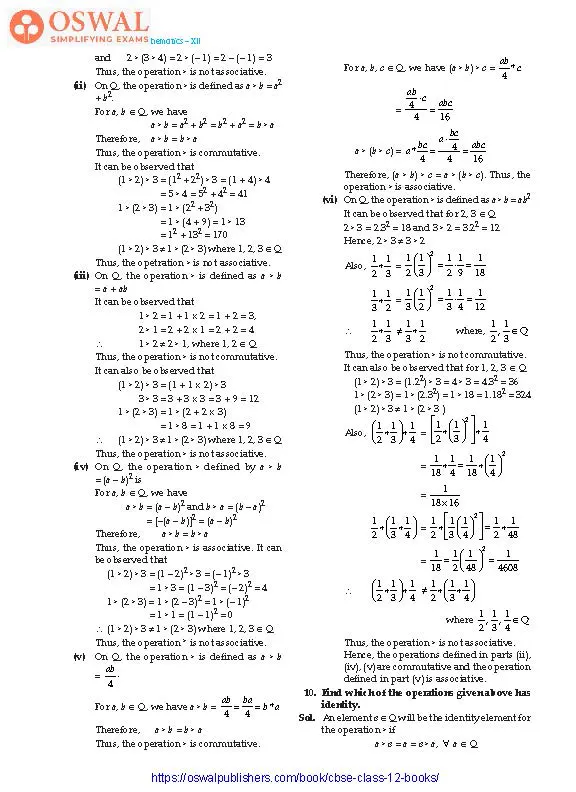
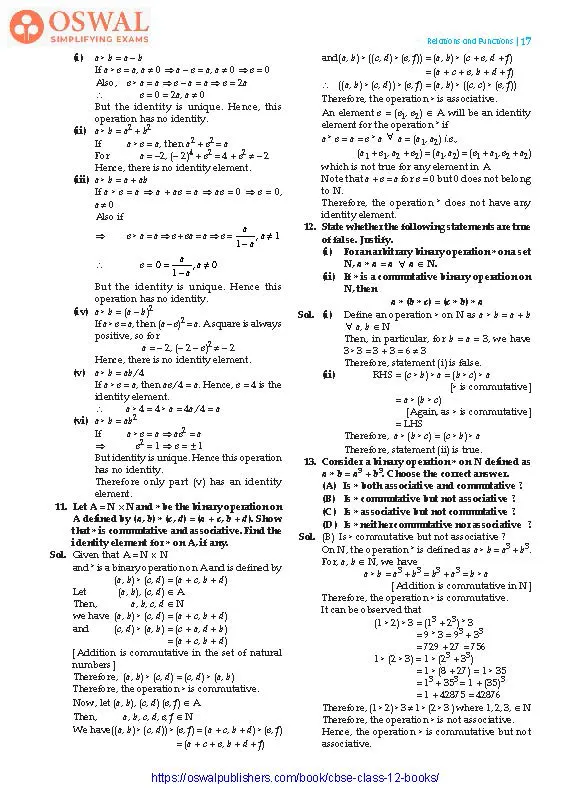
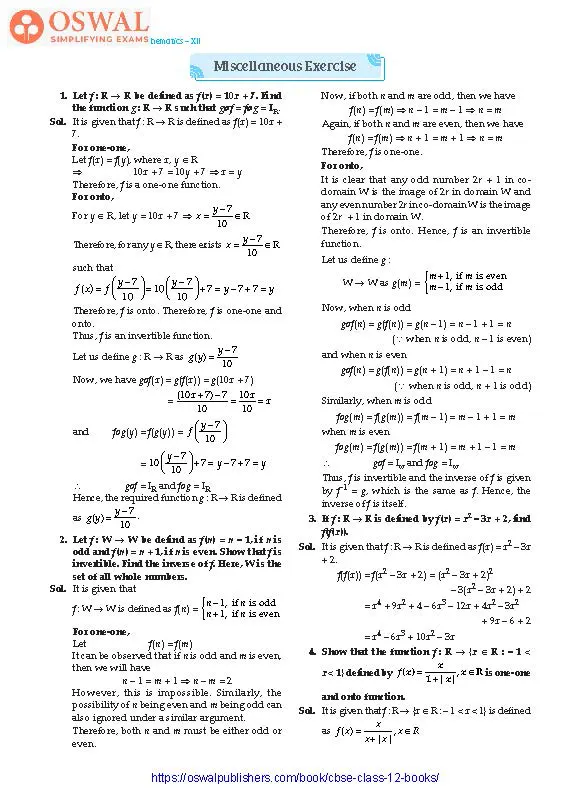
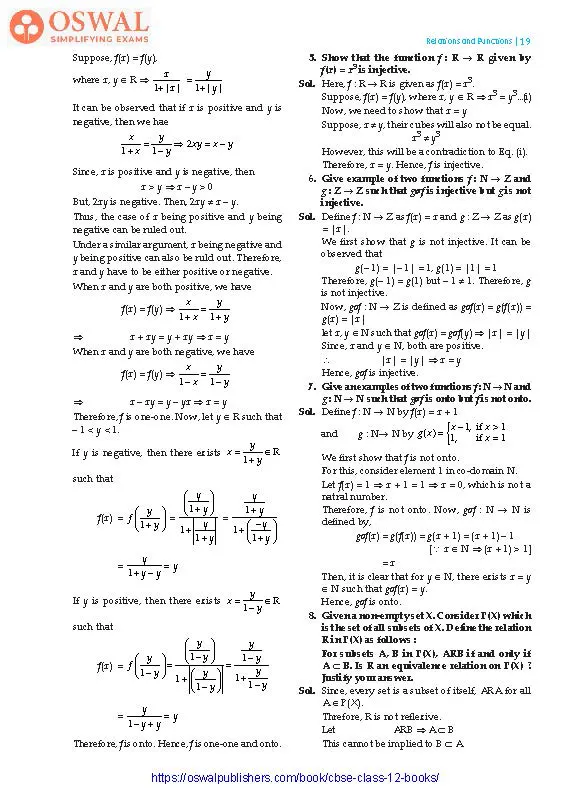
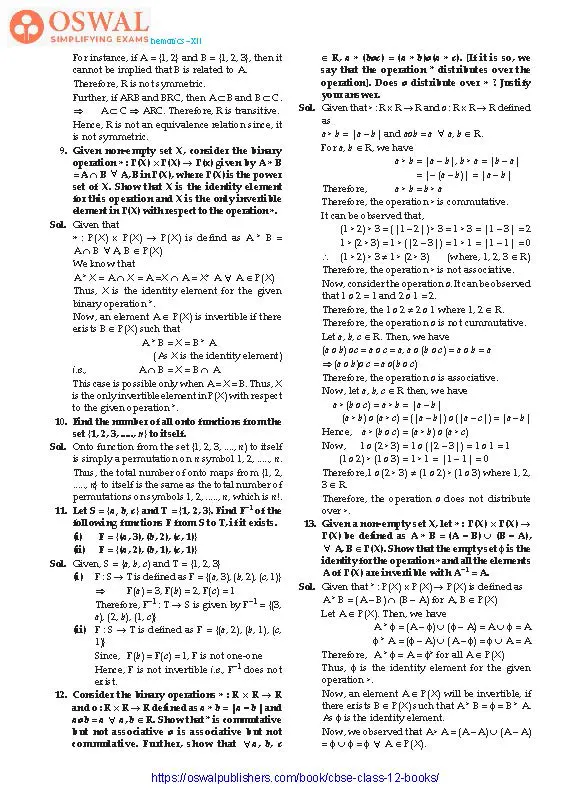
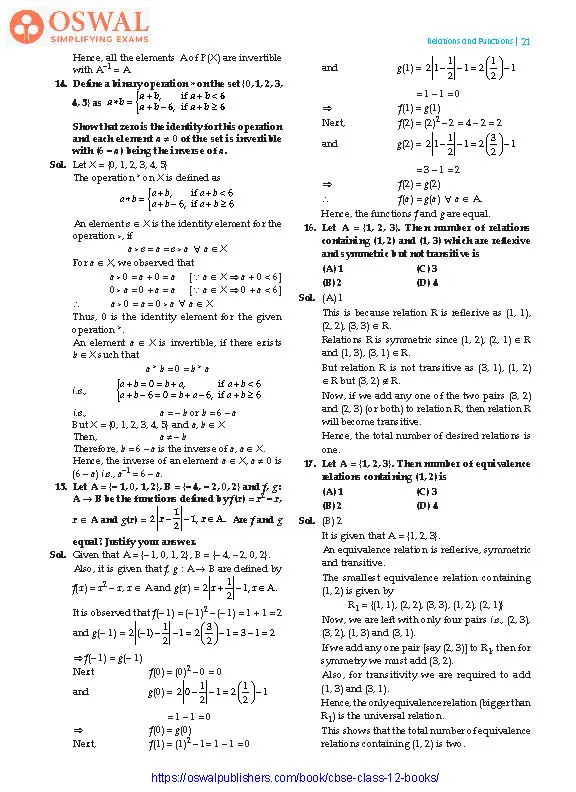
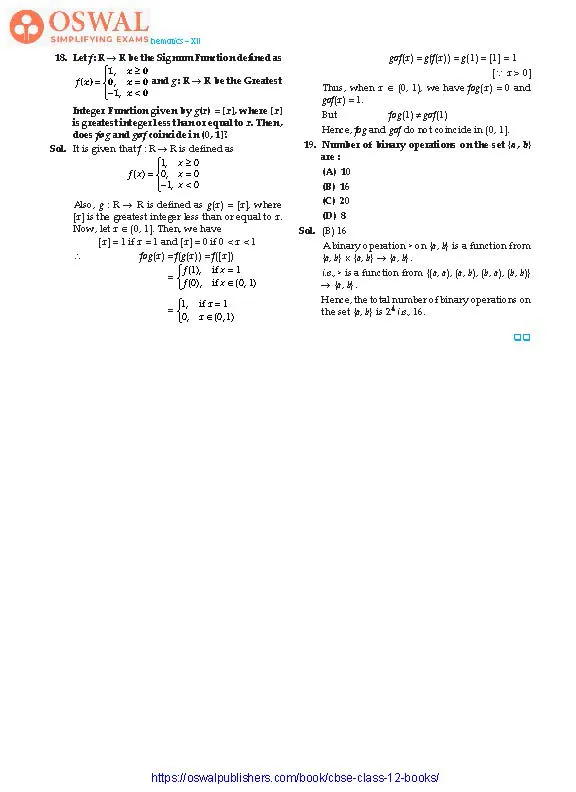
Access Exercises of Class 12 Maths Chapter 1 - Relations and Functions
Exercise 1.1 Solutions : 16 Questions (14 Short Answers, 2 MCQ)
Exercise 1.2 Solutions : 12 Questions (10 Short Answers, 2 MCQ)
Exercise 1.3 Solutions : 14 Questions (12 Short Answers, 2 MCQ)
Exercise 1.4 Solutions : 13 Questions (12 Short Answers, 1 MCQ)
Miscellaneous Exercise Solutions: 19 Questions (7 Long answers, 9 Short Answer Type, 3 MCQs)
